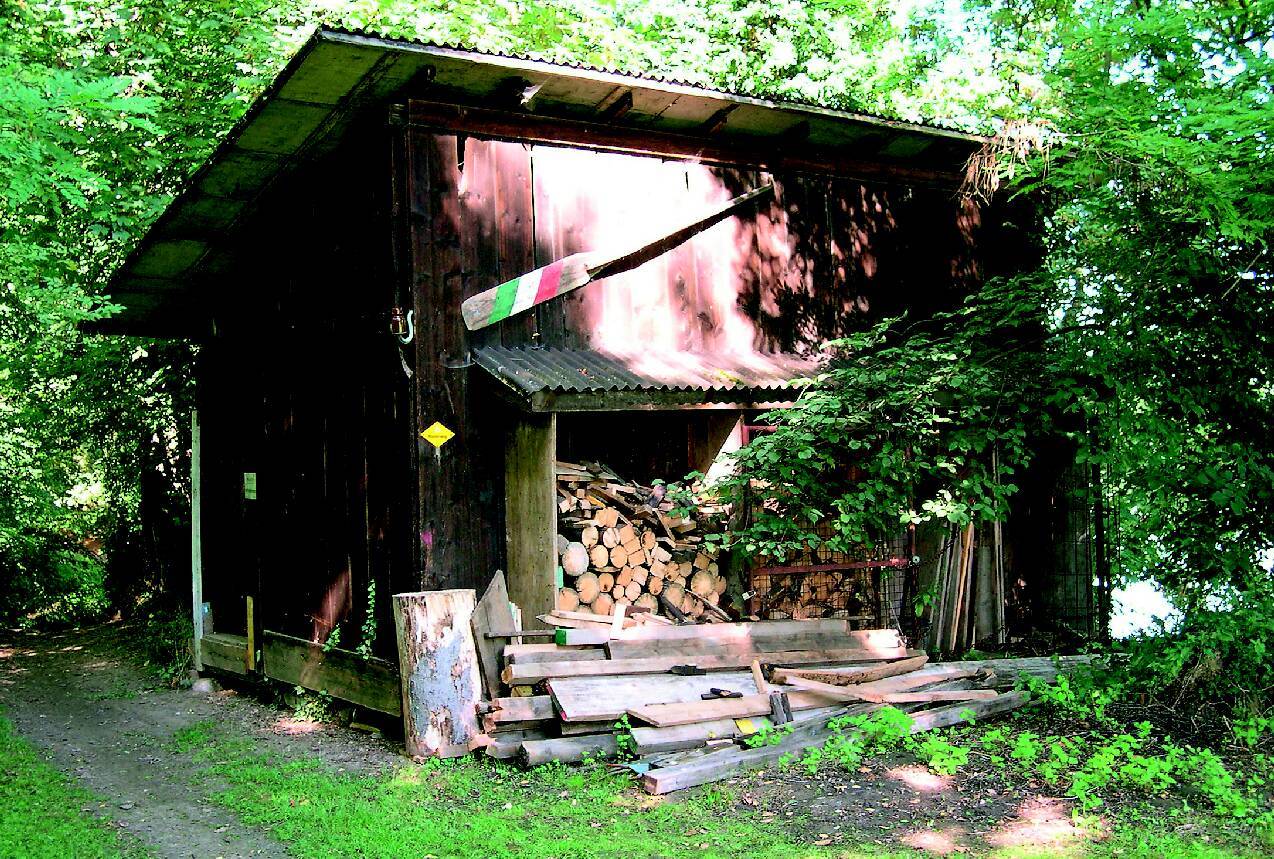Simon Starling
Internationally known British artist Simon Starling (born 1967 in Epsom/GB, living and working in Berlin) is one of a young generation of conceptually working artists who go into the narrative dimension of art. Starling is interested in modernistic design objects, materials and ideas, which exemplarily stand for production conditions and the aesthetics of a certain period. In installations Starling literally dismantles objects, visualizes hidden cycles, and creates breathtaking and absurd relationships, right across geography, culture and time. When I'm making art, says Simon Starling, I'm thinking up novels in a way. Whether things I'm telling are true or not, since I'm involved in an activity which is similar to that of a narrator.So the artist rides a bicycle to Les Baux in the Provence, for instance, in order to quarry bauxite with which he produces, inside the exhibition space, aluminium in order to, again, cast a bicycle frame, or else in another work, an Eames chair. The transformations of industrially made products into sculptural unique specimens reverse, in a way, Marcel Duchamp's ready-made, speaks about the democratization of design and, at the same time, makes different systems collide.
Simon Starling's exhibition at the Kunstmuseum Basel, Museum für Gegenwartskunst is the artist's first comprehensive retrospective and comprises sculptural works and installations of the last ten years as well as three new projects which have been developed in an extended preparatory phase. In Shedboatshed (Mobile Architecture No. 2), for instance, Starling has made use of the museum's extraordinary picturesque location. Up the Rhine at Schweizerhalle near Basel he found a wooden house which he then transformed into a Weidling, a local type of boat, in order to navigate it down the Rhine to the museum, to re-transform it inside the exhibition space into a house. The transformation only is slightly imaginable as a memory in some traces on the wood's surface, in which the analogy of boat and house can look back at a long story about the histories of art and architecture. The potential convertibility of the house or the boat is the leitmotif of the whole exhibition as it were: it's not by chance that the Kunstmuseum Basel, Museum für Gegenwartskunst opens the museum's so-called new building after complete refurbishments with Simon Starling. Cyclic structures, the eternal recurrence of the same and still different is inscribed in a great many of Starling's works. This is not, however, wanting to empirically prove the irrevocable nature of the world, but to question through the strategy of detour economic, political, and cultural cycles and, combined with it, their utilitarian implications.

